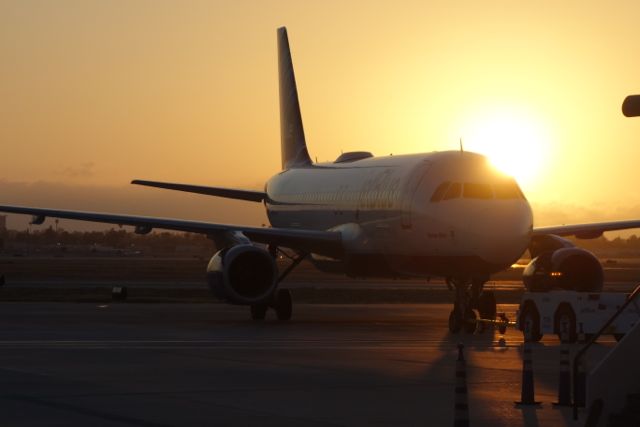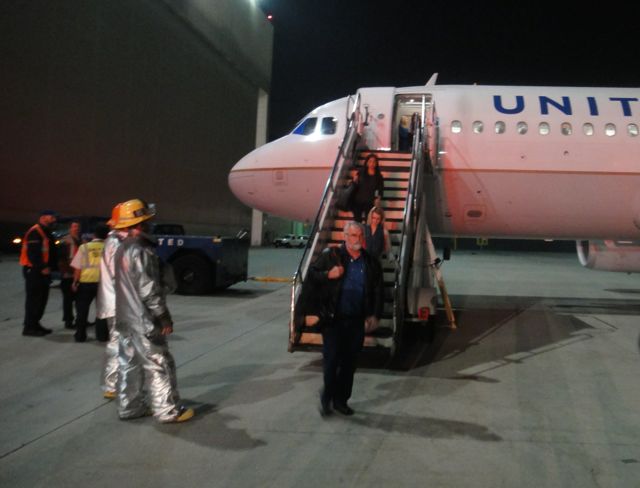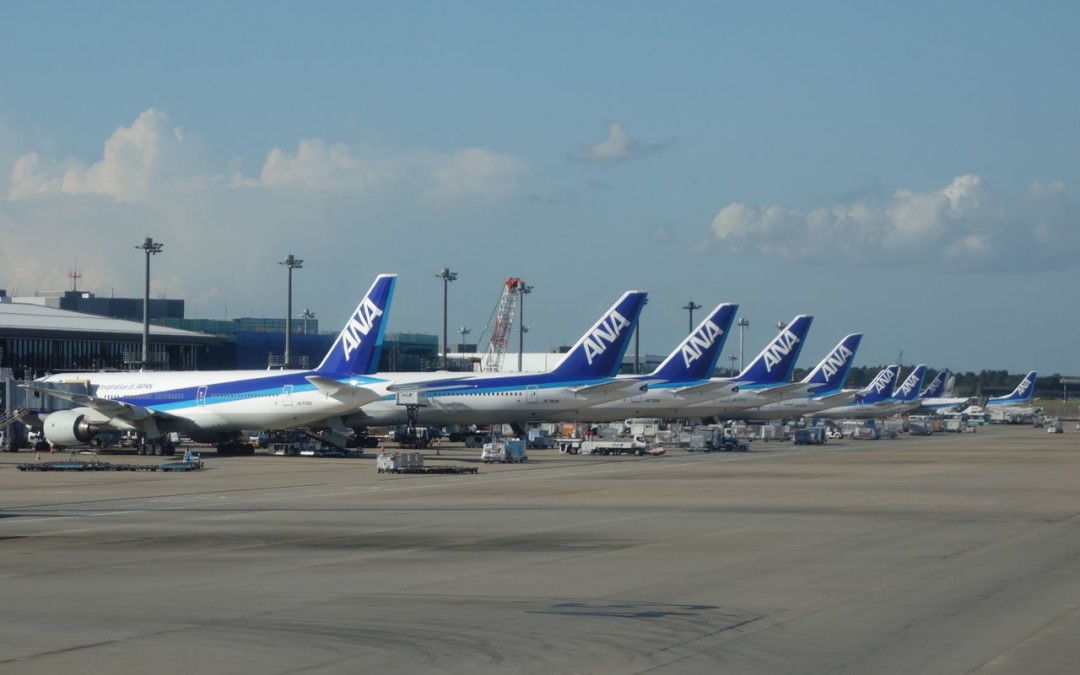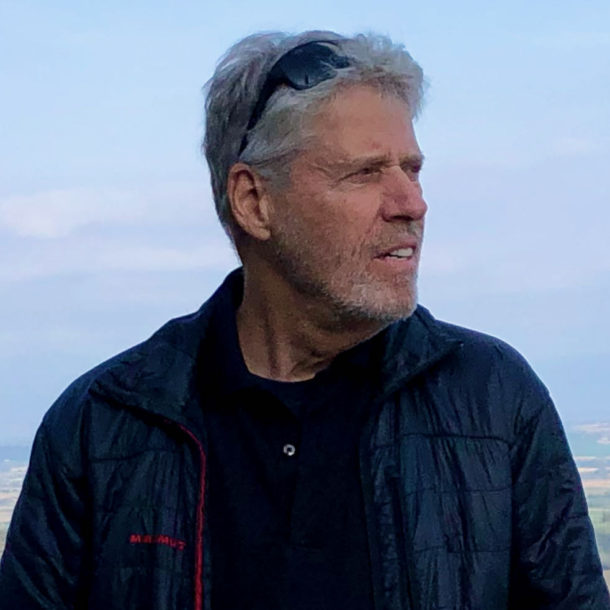We needed to sign the papers the next day on our new home in Princeton, New Jersey. So what were we doing holed up in a motel outside the Cleveland airport, where we would be trapped in a snowstorm for two days? I prepaid for a luxury hotel room in Chiang Mai, Thailand. So what was I doing spending the night in the Kunming, China airport instead?
Oh, we veteran travelers have so many stories to share about the trials and tribulations of missed connections. I finally came to one conclusion that should be a mantra for the upscale traveler – fly nonstop, if at all possible, even if the ticket costs more. Sometimes you save a little money with a connecting flight, but the cost of a missed or canceled connection is priceless.
Well, maybe not priceless. In 2010, 5 U.S. universities were commissioned by the FAA to study the actual costs. They determined that missed connections alone cost passengers US$1.5 billion in a year.
O’Hare airport seems to be famous for allowing 35 minute connections to go with flights that have only a 70% on-time arrival record. Do the math, people. You will often miss your second flight. Even when the first one is on time, inevitably you will slowly deplane from row 29 only to find out you have arrived in Concourse J and are departing from G. Sprinting with a roller board is not my idea of upscale travel.
And don’t even get me started about Dallas (DFW), where you must negotiate either a long walk or wait for a train as those precious minutes tick away.
United has a flight from Detroit to Los Angeles where you first go in the wrong direction, to Newark, New Jersey. Then you have 36 minutes to make your flight to L.A. Total time, if you somehow make it: 8.5 hours. I would rather pay more and fly nonstop.

Once there were 6 of us trying to make a connection in Seoul (Incheon), South Korea, where the first flight arrived late. Business class has its perks, as we were met by agents at the plane door. They would hold the connecting flight to L.A. Then they personally whisked us through customs. As we were walking to the plane with them, the agents got a call and said to us, “You better start running now. They decided not to hold the plane any longer.” Really.
OK, sometimes there just is no way around connecting flights. We had to travel from Burlington, Vermont to Los Angeles, and a nonstop simply isn’t possible. Then our first leg to Newark was canceled, as the East Coast basically shut down due to storms. What to do? The guy in front of us in line screamed at the ticket agent. That did a lot of good. We booked connecting flights the next morning, rebooked hotel rooms and had a nice dinner in Burlington. The moral: make the best of things you can’t control.
Speaking of things out of your control, we needed to fly from New Orleans to Los Angeles; then my friends would change planes for a flight to Beijing. We had to deal with unheard of ice storms in New Orleans, but we got on the last plane before they closed the airport and stranded other friends for days. So far, so good for us.
On our final approach to LAX, suddenly the plane jerked back skyward and began circling. Those of us who are veteran fliers knew instantly that something was wrong, either with our plane or the runway or something. There was no announcement. I must admit it allowed time for some reflection, including how traveling from point A to point B safely is all that really matters at the end of the day.

Shall we try this landing again? Eventually, we did land safely or I wouldn’t be writing this story. We were later told that the light indicating the landing gear was down failed to go on. They didn’t know whether the problem was the light or the landing gear. Fire trucks escorted us down the runway to a safe stop. Oh, and my friends missed their connection to Beijing.
One time booking a connecting flight actually had a happy ending. Four of us were flying from Beijing to Los Angeles, with a change of planes in Seoul (Incheon), South Korea. The Chinese military controls the airspace in China and forced our 777 to wait on the tarmac for several hours. Fortunately, we were in business class, where Asiana staff went ahead and served us unlimited drinks and dinner.
We finally took off and arrived in Seoul more than an hour after our connecting flight was scheduled to depart. As we started to make plans to spend the night in Korea, we noticed it. The flight to Los Angeles was the same aircraft we just got off. The “change of planes” was in name only. With time for the usual customs screening and yet another Bass beer, we made our connection after all. Sometimes it’s better to be lucky than good.
What do you think? Do you have any stories? Do you agree one should always try to fly nonstop, even if it costs more?


